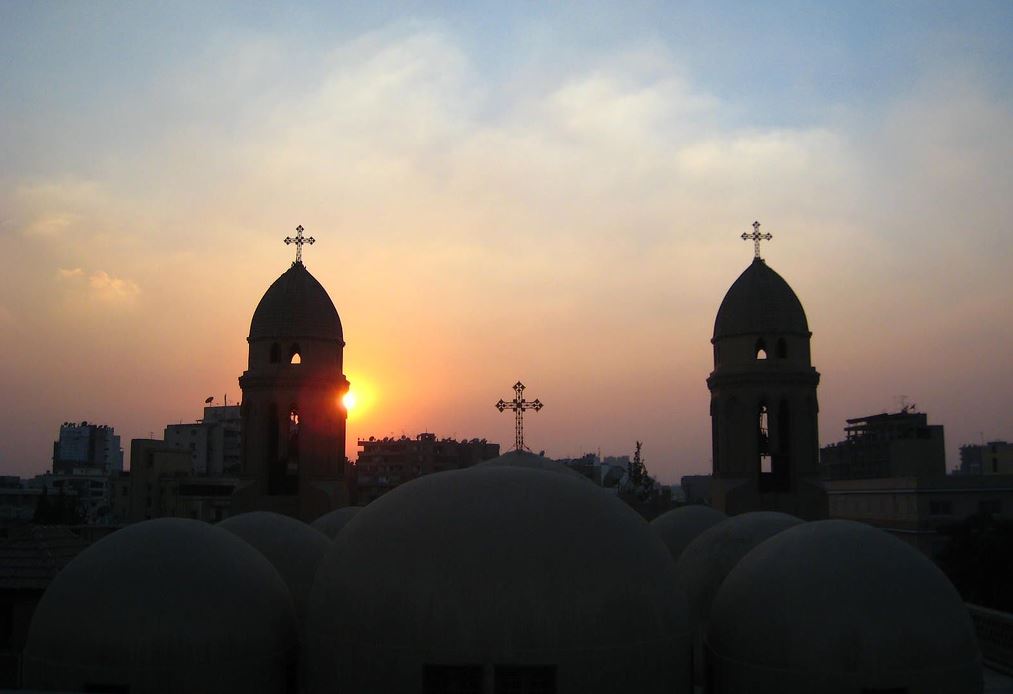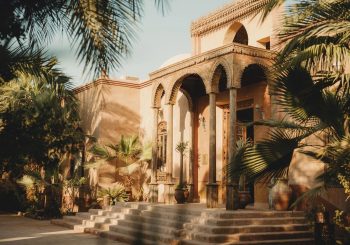Etched into Egypt’s history is its Coptic Christian community. In its pure form, the word ‘Copt’ or ‘Coptic’ is linguistically translated to Egypt or Egyptians.’ Though Christians coexist all around Egypt, some districts stand out as heartening models of Coptic identity to the world.
“One does find large concentrations of Christians in certain Cairene districts, like Shubra, Faggala, and [El-]Daher – which date back to the end of the nineteenth century,”explains Sana Hassan in the book ‘Christians versus Muslims in Modern Egypt’ in 2003.
Shubra

The word ‘Shubra’ translates to ‘village’ in the Coptic language. In essence, Shubra, located in the north of Cairo, is a cultural melting pot in Egypt, where Muslims and Christians intertwine and connect in ways that are scarcely found anywhere else.
According to a source in 2019, Shubra has approximately 700,000 inhabitants, most of them Christian. It is dubbed a ‘Christian stronghold in downtown Cairo’ with the area hosting 22 churches. It had a popularity of being a home to many foreigners, including Armenians, Italians, and Greeks up until the mid-20th century, and it remains a home to a great number of Copts today.
“Most of my friends are Christian and none of us had ever thought of the faith of the other,” novelist Noha Mahmud said in 2019. “We hear and read about incidents of religious bigotry in other parts of Egypt and crack jokes about it.”
El-Daher

El-Daher, or El-Zaher, is a district that neighbors Abbaseya and Sakakini. Named after Al-Zahir Baybars, the Mamluk Sultan of Egypt,the term ‘Zaher’ translated to shine. The district houses Jewish Synagogues, Mosques, and is most notably famous for its wide number of churches and chapels that date back to different eras.
“A passerby in the Downtown Cairo area of Daher can never miss the presence of a large number of churches representing various Christian denominations,” reads an article in Watani Newspaper.
El Faggala

El-Faggala neighborhood stretches from El-Daher to the Azbakeya district, and was first built in the mid-19th century during the reign of Khedive Ismail. Considered one of the oldest districts in Cairo, the Faggala district was a beacon of culture – it housed an array of bookshops, cinemas, and theaters, but has now become a hub for ceramics and bathroom utilities.
“People at El-Faggala were united; there was no religious segregation as there is today. No one could differentiate Muslims, Christians, and Jews,” explains Fathi Ramadan, an elderly Faggala resident to Ahram Online. “Egyptians here were living and working harmoniously.”
The Coptic Historian Tawfik Habib explains that the Coptic Society witnessed a lot of spatial instability, and relocated several times until it settled in El-Faggala district. A passerby in the Downtown Cairo area of Daher can never miss the presence of a large number of churches representing various Christian denominations. Until recently, it was one of the most crowded areas housting Christians in Egypt.






Comment (1)
[…] of Egyptian culture. As can be seen through the remnants of the Coptic language and the standing Coptic churches, the influences have long stood the test of time. Similarly, the Coptic calendar has managed to […]